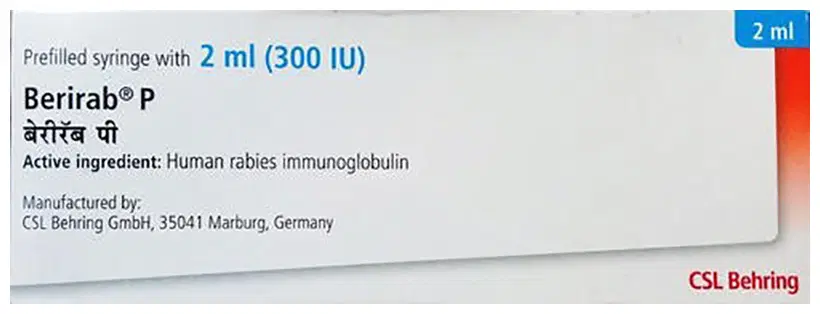Prevention of rabies
Rabies is a viral disease that affects the nervous system of mammals, including humans. It is transmitted through the bite or scratch of an infected animal, most commonly dogs, bats, raccoons, skunks, and foxes. The rabies virus travels through the nerves to the brain, causing inflammation and eventually death. Prevention of rabies is crucial, as there is no specific treatment once symptoms develop, and the disease is almost always fatal.
The primary method of rabies prevention is through vaccination and timely post-exposure prophylaxis (PEP). Vaccination is typically administered to domestic animals, such as dogs and cats, to protect them from the virus. In the event of an animal bite or scratch, immediate medical attention is necessary to assess the risk of rabies transmission and initiate PEP if required.
Post-exposure prophylaxis usually involves a series of rabies vaccine injections and, in some cases, administration of rabies immunoglobulin. The specific treatment regimen depends on the individual’s vaccination history, the type of animal involved, and the nature of the bite or scratch. PEP is most effective when initiated promptly, so seek medical advice as soon as possible following an exposure event.
In addition to vaccination and PEP, personal protective measures can help prevent rabies transmission. These include avoiding contact with wild animals, particularly those that are acting aggressively or appear sick, and keeping domestic pets up-to-date with their vaccinations. Wearing gloves and using appropriate safety precautions when handling animals can also reduce the risk of exposure to the rabies virus.

Showing 1–12 of 19 results















